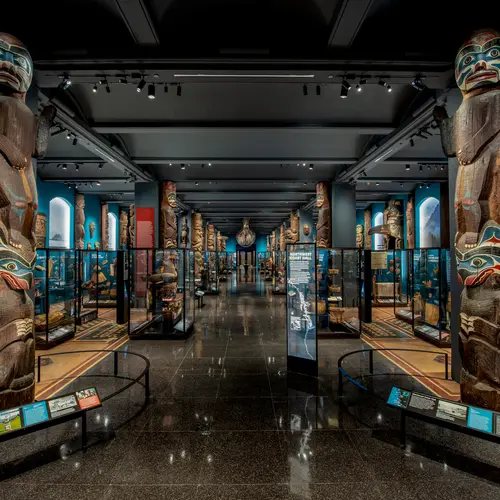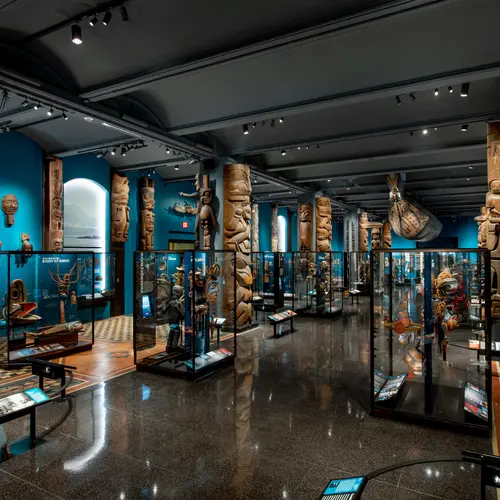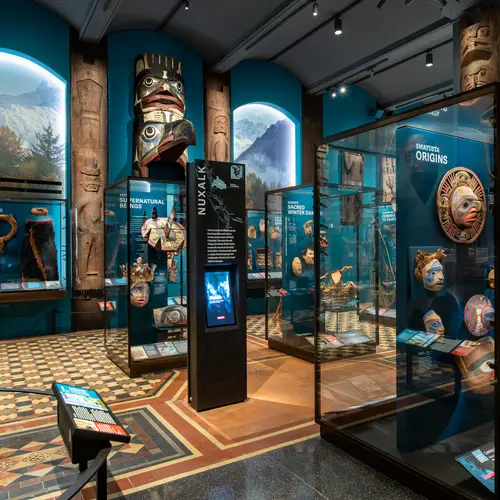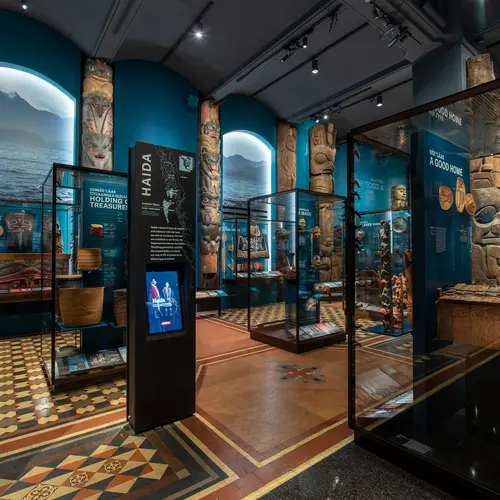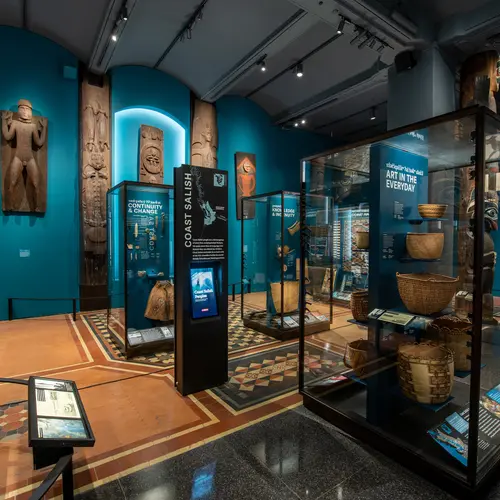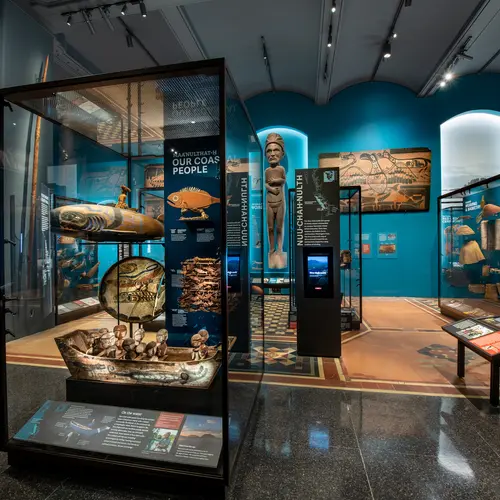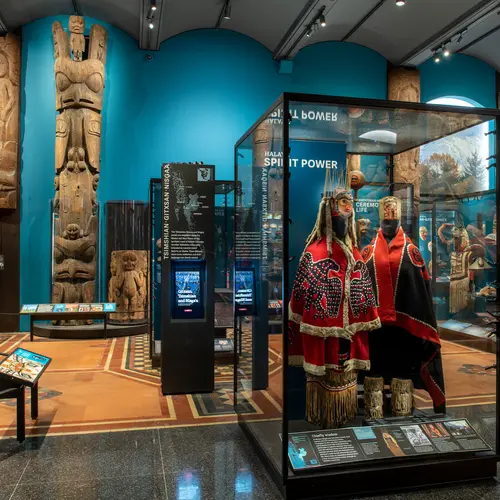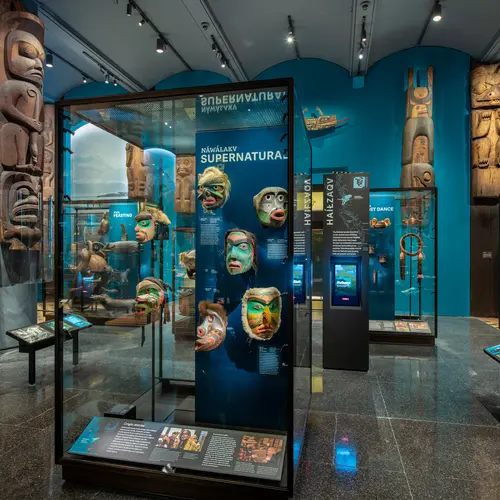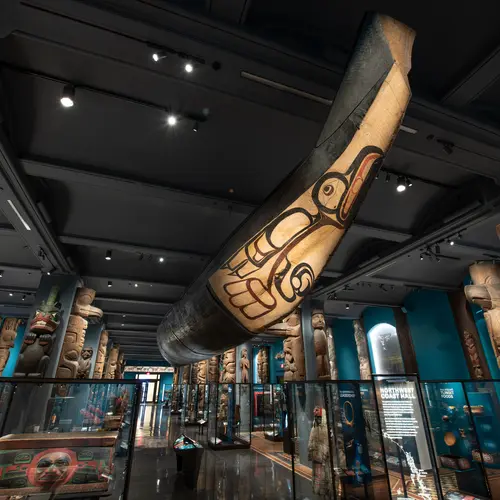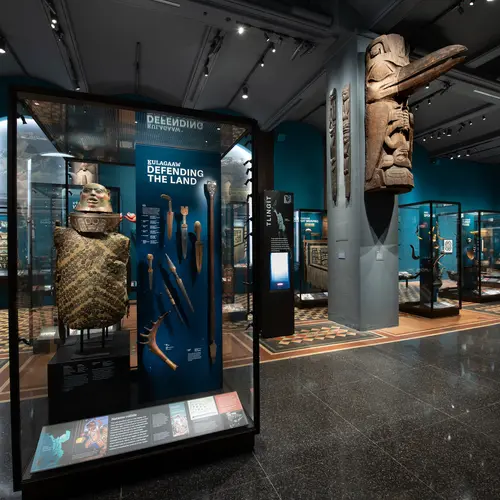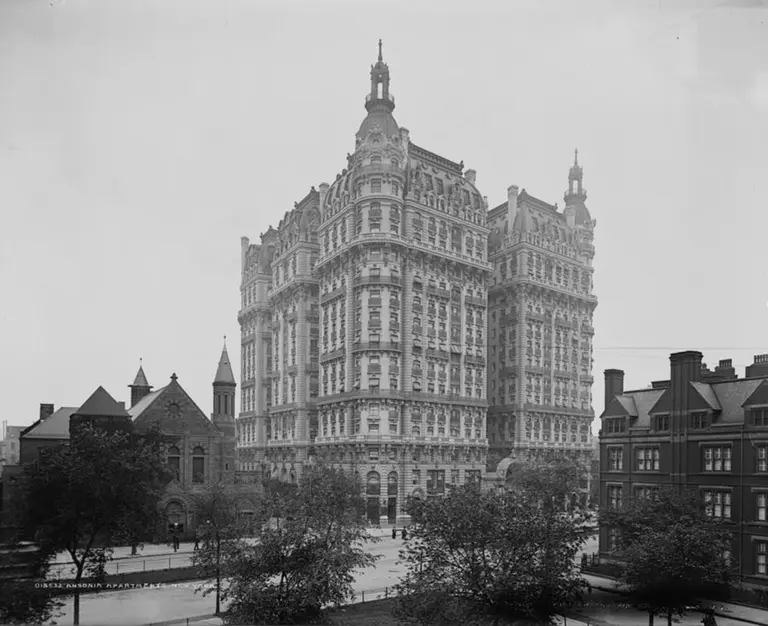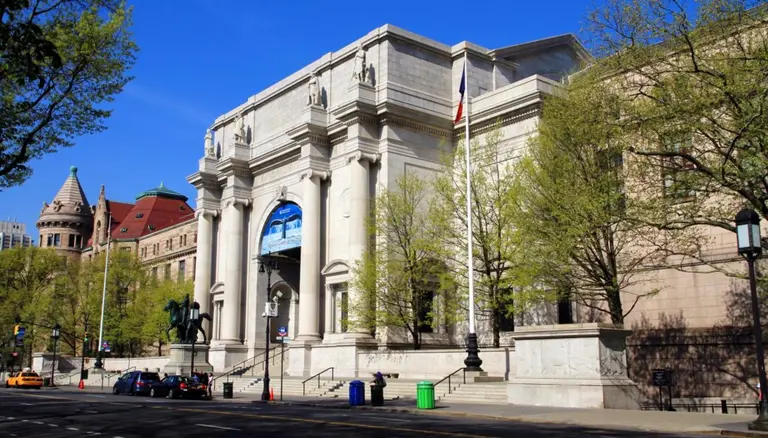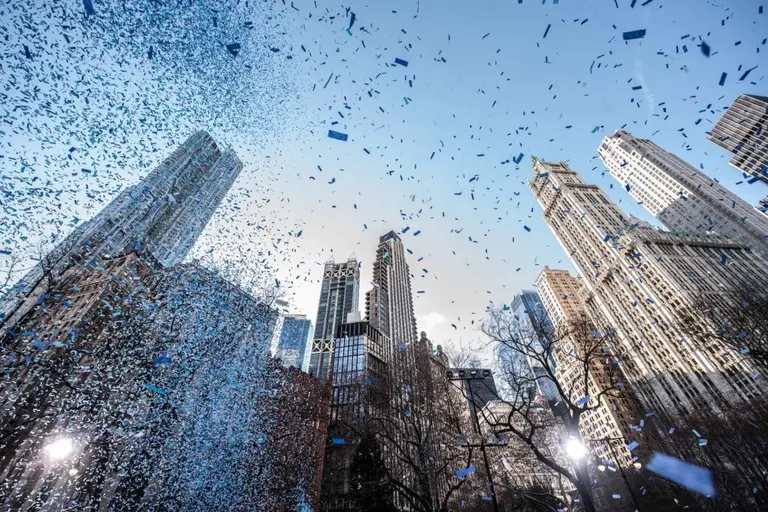AMNH’s revamped Northwest Coast Hall features exhibits curated by Indigenous communities
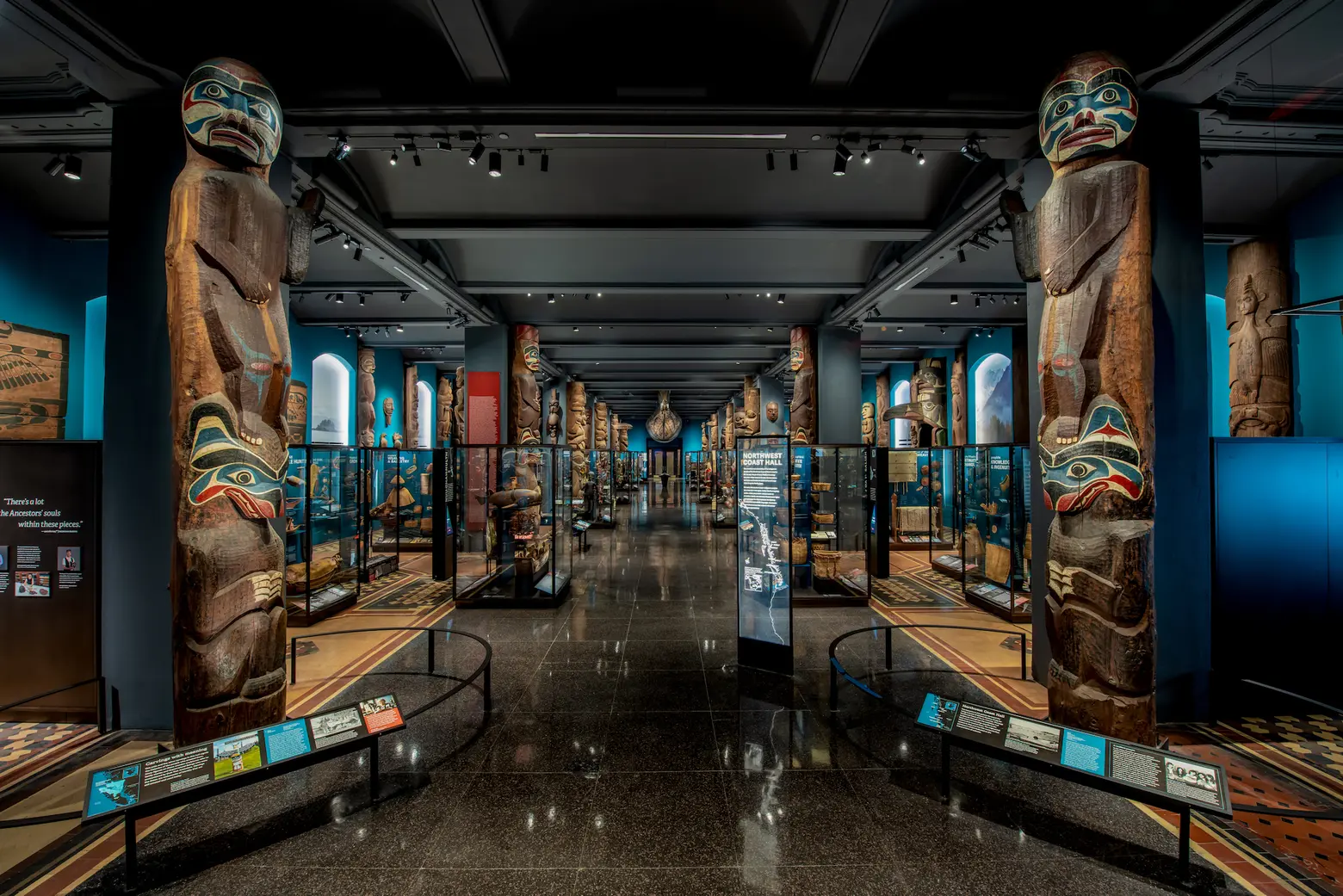
All images © D. Finnin/AMNH
Five years and a $19 million renovation later, the American Museum of Natural History’s oldest gallery reopened to the public last week. Developed alongside curators from Native Nations of the Northwest Coast, the new 10,200 square-foot Northwest Coast Hall showcases the history of the Pacific Northwest with a focus on the “scholarship and material culture of the Northwest Coast communities,” according to a press release. The gallery contains more than 1,000 artifacts including a 63-foot-long canoe, the largest Pacific Northwest dugout canoe existing today, and a diverse collection of art, from monumental carvings up to 17 feet tall to contemporary works of art from Native artists.
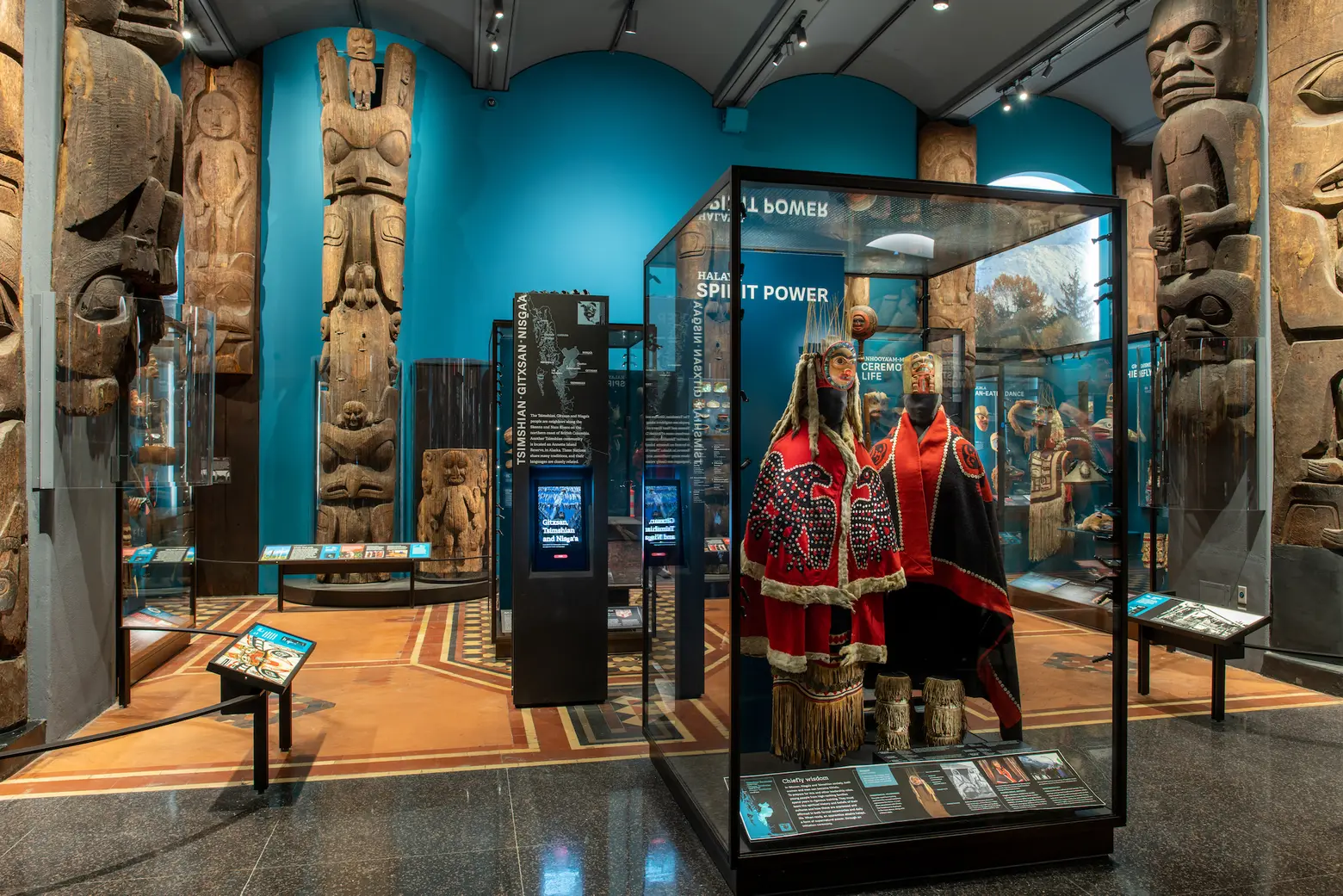
Designed by Kulapat Yantrasast of WHY Architects, the new gallery is divided into sections focusing on aspects of Pacific Northwest culture and presenting timeless artifacts. Museum guests will find hundreds of items hailing from the Coast Salish, Haida, Haíłzaqv, Kwakwaka’wakw, Nuu-chah-nulth, Nuxalk, and Tlingit communities, in addition to the Gitxsan, Nisga’a, and Tsimshian Nations.
The items have been curated by Peter Whitley, the museum’s curator of North American Ethnology, and Northwest Coast scholar and cultural historian Ḥaa’yuups, along with many other consulting curators from Northwest Coast communities.
“I want my great-grandchildren to come here. I want them to be proud of where they’re from, proud of who they are, proud of the history of their family and the achievements of our people, the intelligence of people, the knowledge of people, the science of people in my community,” Haa’yuups said. “So I want the Hall to reflect that reality, that there’s a different way to think about the world around you.”
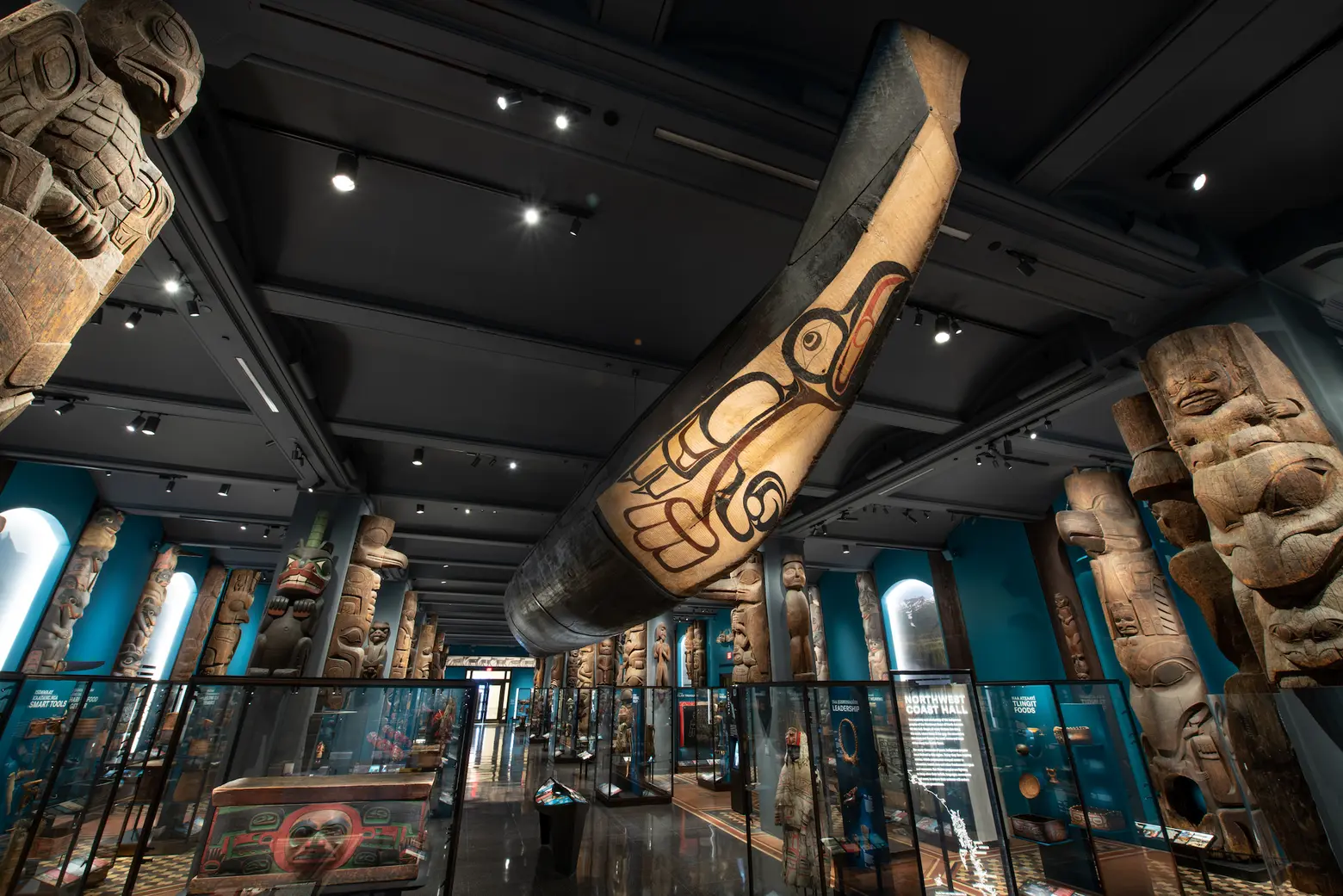
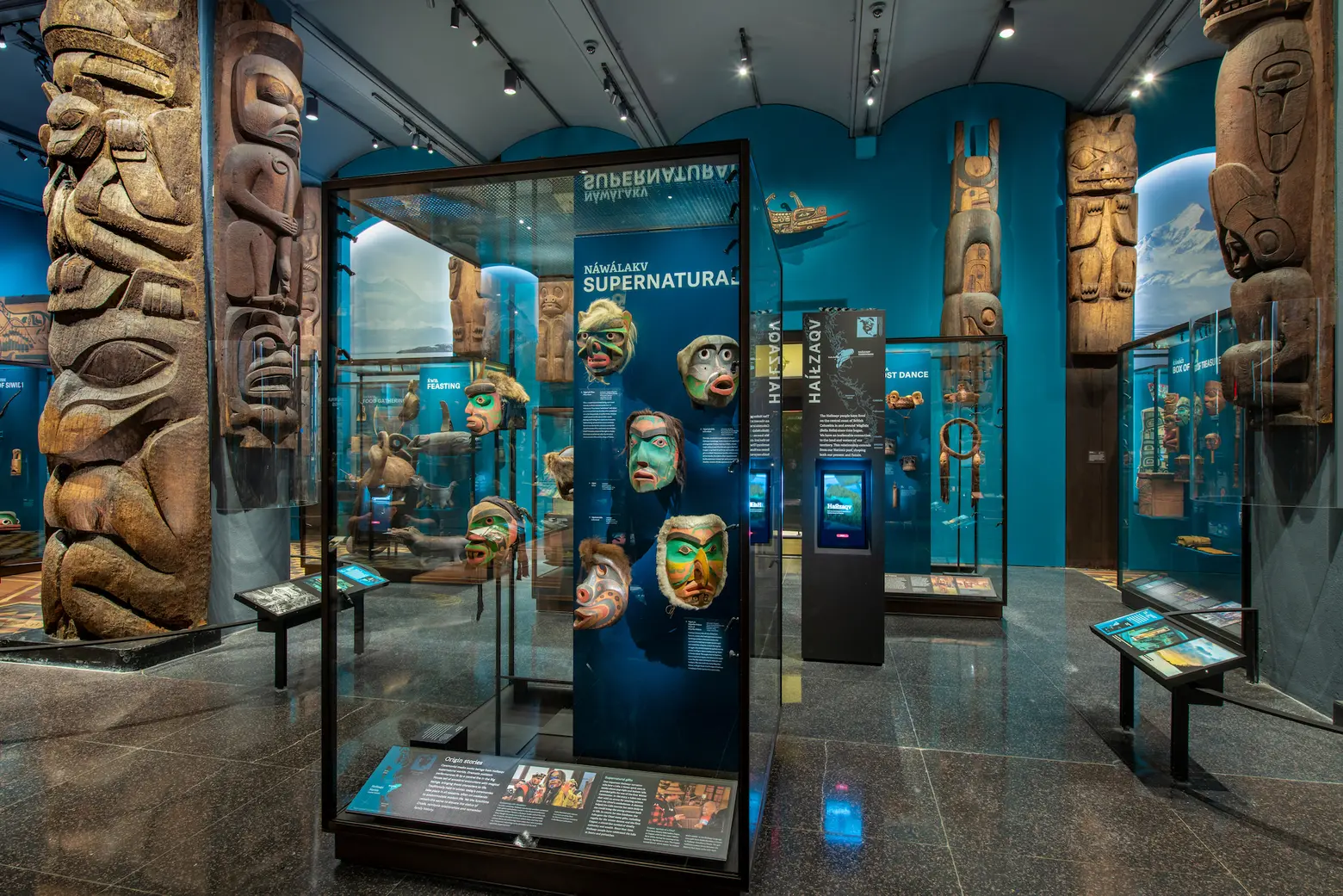
Upon entry to the new hall, guests can watch an introductory video touching on the “history, persistence, and present concerns” of Native peoples from the Pacific Northwest. Also situated close to the entrance is the Our Voices exhibition, which shares important perspectives of life on the Northwest Coast and talks about racism and environmental conservation
Suspended from the ceiling is the Great Canoe, which was relocated to the hall for the first time in 70 years and “enhanced with new Haida and Haíltzaqv design elements,” according to the museum. Other highlights include 67 monumental carvings which range from 3 to 17 feet, artifacts like headdresses and woven baskets, and a rotating gallery of modern Northwest Coast Art.
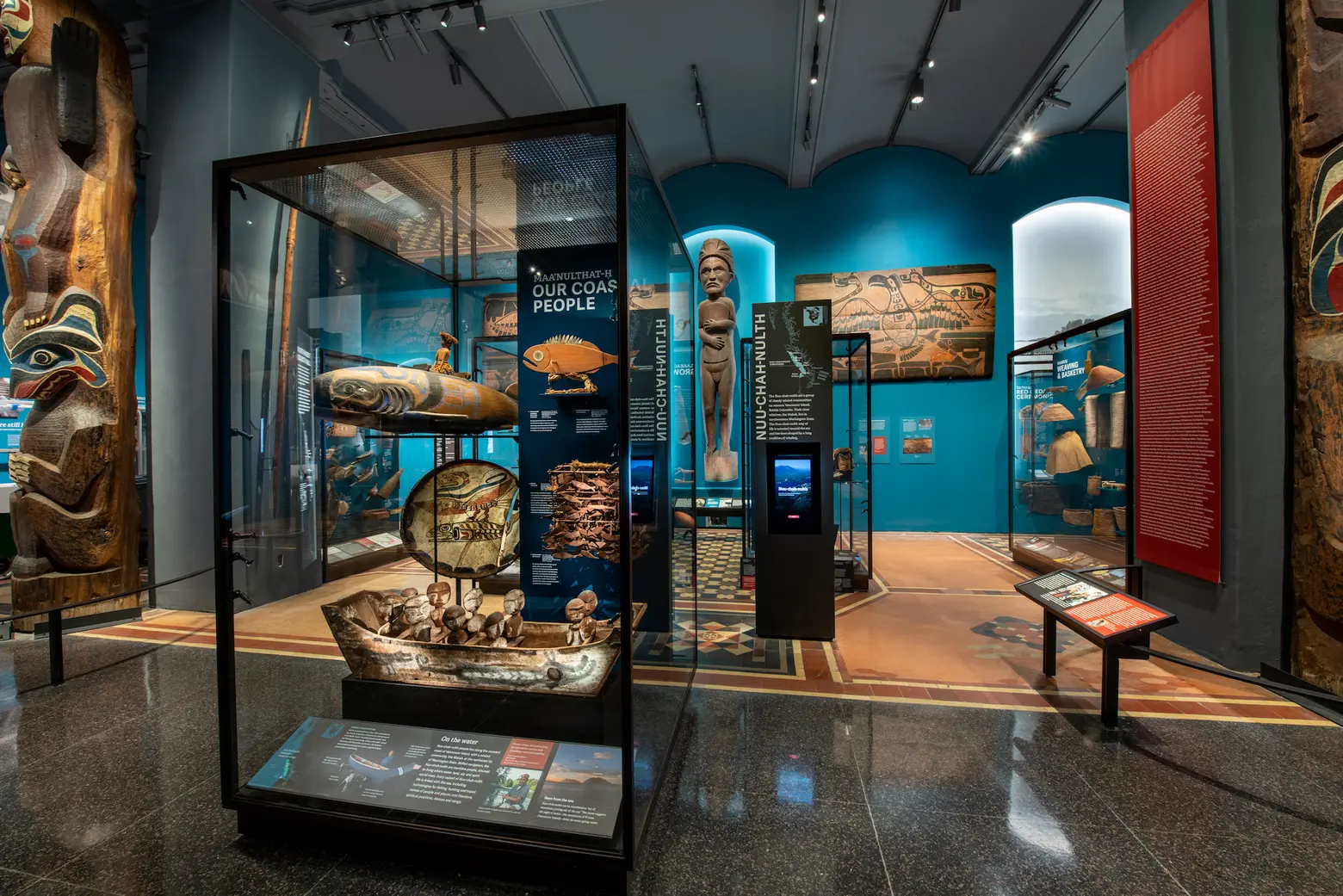
“The Museum’s historic first gallery and first cultural Hall, the Northwest Coast Hall has been fully reimagined, painstakingly conserved, and gloriously reinvigorated,” Ellen V. Futter, President of the American Museum of Natural History, said.
“The new Hall was shaped and profoundly inspired through deep collaboration between the Museum’s Curatorial and Exhibition team and our Co-Curator and a group of Consulting Curators from Native Nations of the Pacific Northwest Coast, resulting in a presentation that illuminates the Northwest Coast cultures as vibrant, living communities, while showcasing more than 1,000 glorious works of art, spirituality, and ingenuity.”
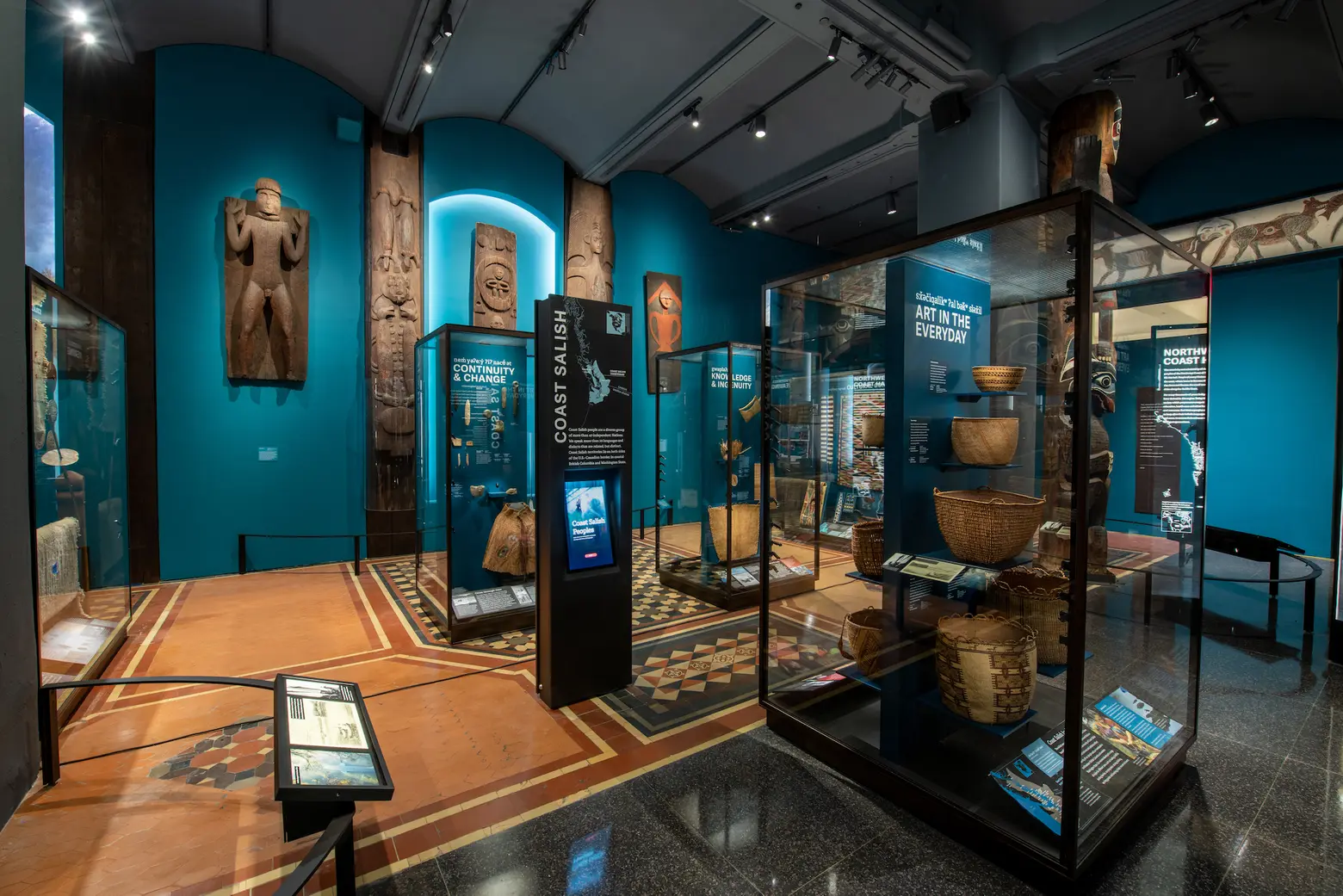
The Northwest Coast Hall first opened in 1899 and was used as the space for AMNH’s first-ever permanent exhibition dedicated to the “interpretation of cultures.”
According to The Architect’s Newspaper, the original hall was designed by German-American anthropologist Franz Boas. Much of the original hall has been retained, while it has been “revamped” to better suit the different items and sections.
The museum is currently working on the new Richard Gilder Center for Science, Education, and Innovation, designed by Studio and Gang and set to open next winter, fulfilling a vision almost as old as the Northwest Coast Hall. Once it opens, the center will create a continuous museum campus across four city blocks.
RELATED:
- Museum of Natural History’s new Studio Gang-designed science center to open next winter
- See the Museum of Natural History’s sparkling new Halls of Gems and Minerals
- The American Museum of Natural History’s most vibrant new exhibit is an in-depth exploration of color
All images © D. Finnin/AMNH
